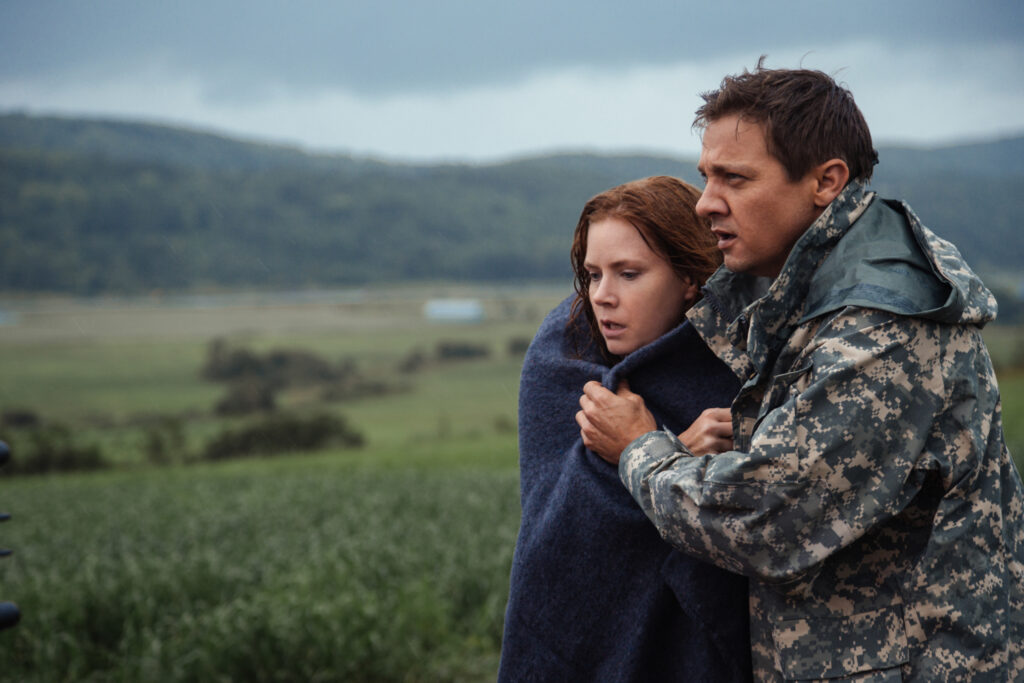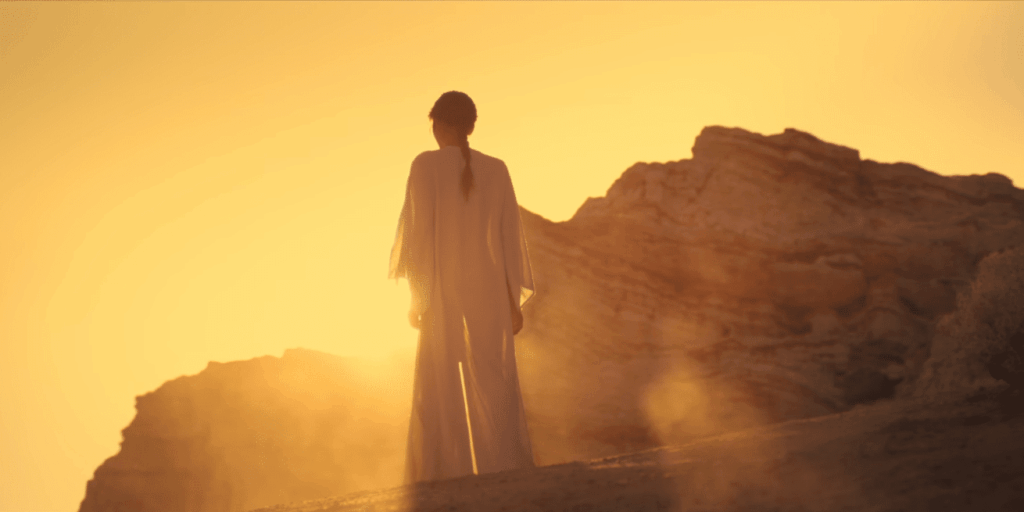Denis Villeneuve is an award-winning French-Canadian film director and writer best known for his evocative filmmaking and distinct visual narrative style. His vision has evolved with each consecutive film, becoming grander and more refined. Villeneuve’s films are recognisable by defined and thematically curated colour palettes, experimental and ambient musical scores, daring plot twists, and the contrast between strong-willed women and disillusioned men, coupled with patient and precise cinematography. His projects are visually ingenious, sensitive and provide an unflinching portrayal of human identity and trauma, often featuring characters struggling with their identities in isolating worlds, such as Kate Macer (Sicario), Adam Bell (Enemy), Louise Banks (Arrival), Officer K (Blade Runner 2049), and the Dune movies. These films drive their narrative home through awe-inspiring cinematography, editing and music.
A coherent style encompasses all of Villeneuve’s works, combining careful composition and the atmospheric use of light and colour. His cinematography reflects the theme of all of his films. In Enemy, disorienting and surreal visuals mirror the protagonist’s psychological turmoil whereas in Dune the themes of survival and destiny are underlined by the vast, hostile landscapes seen in the film. Starting with Polytechnique, Villeneuve became popular for a visual style that incorporated long takes, precise mise-en-scène, steady camerawork, stretches of wordless silence meant to emphasize a moody atmosphere, and shallow focus, high-contrast cinematography.

His focus is on expansive settings as well as intimate moments the characters have. He makes use of lingering camera shots of day-to-day mundane things, showing ordinary details in between a scene to enhance and make the story more impactful and make the audience feel for the characters. This can be seen in the form of a single shoe from Sicario (2015), peeled oranges in Polytechnique (2009), and a lighted torch in Incendies (2010). This lingering camera work almost pays homage to Japanese director, Yasujiro Ozu’s “pillow shots” which aimed to achieve the same effect.

Villeneuve makes use of negative space when characters in his films are going through a crisis. For instance, in Arrival (2016) the crew is surrounded by a lot of empty space that creates a feeling of anxiety and vulnerability about what is to come. He creates an uncertainty or ambiguity for both his protagonists and audience in his films. He achieves this by breaking traditional cinematic methods of framing to create his style with off-center framing and inverted camera angles. In Polytechnique, he filmed with extreme oblique and inverted angles to suggest a world in chaos. He utilises shadows and silhouettes to further maintain the ambiguity of his films. On one hand, the audience would experience vibrant colour, and on the other, they would experience the mystery that is portrayed using shadows.

Another essential aspect of Villeneuve’s storytelling is his mastery of colour. He has the habit of either using an overwhelming single colour to create unreal spaces or completely contrasting colour palettes. However, he doesn’t use a single colour theme throughout his films. He instead switches from one to the other according to the theme. For instance, Maelström has undertones of nautical culture and folklore (especially Scandinavian), and this theme is explored not only through the montage of currents but also the film’s sharp, icy blue lighting. Polytechnique was shot in black and white to avoid being exploitative. The muted colours lessened the intensity of the film’s gore and made for a more thoughtful and dignified approach to a story of such gravitas. Villeneuve adapts his color choices to match the genres and tone of the film while maintaining a unique visual identity. The neon-drenched dystopia of Blade Runner 2049, the warm, earthy tones of Dune, and the muted, introspective palette of Arrival, demonstrate the power of color in shaping mood, emotion, and narrative depth. These carefully curated palettes add layers of meaning to characters and settings, and make visual storytelling as impactful as dialogue.
Villeneuve’s early films opt for thematically relevant use of popular songs and leitmotifs and don’t incorporate the ambient scores of his Hollywood pictures. His collaboration with Icelandic composer Jóhann Jóhannsson first occurred on Prisoners. The film’s ambient and melancholic score played into themes of grief and despair that the protagonist grappled with because of her missing child.
His films constantly blur the line between reality and the unreal and this can be seen in his their sound design. When designing sound, he finds a spot between real and unreal sound that leaves the audience awestruck. During the opening sequence of Blade Runner 2049 (2017) one is unable to determine whether the sound heard is that of an engine or the exquisite score by Hans Zimmer. In Dune (2021), the sounds that the worms make are blurred with the musical score of the film and it is difficult to distinguish between the two.
A director’s visual style often embodies their creative vision through stylistic choices regarding cinematography, color palette, and mise-en-scène. Villeneuve’s movies have a way of making viewers unsettled, uneasy and confused. He doesn’t provide answers with the worlds he creates but instead makes the audience search for them, provoking them to question their beliefs, making him a master of his craft who continues to evolve.

